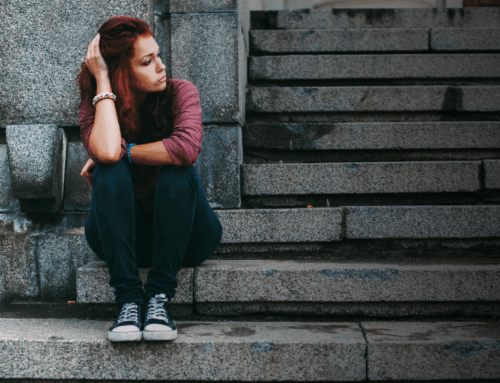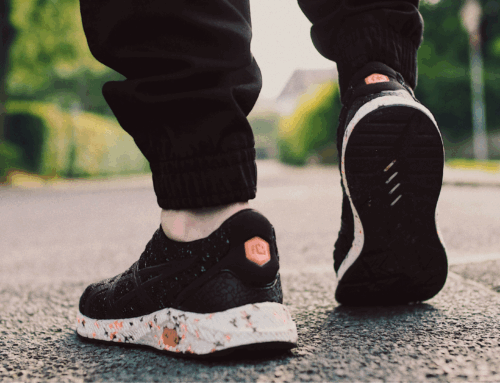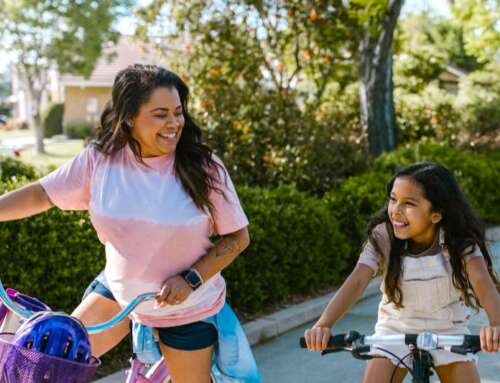When young people are “looked after” by the state, they can live in a variety of care placements including children’s homes, foster parents or with friends or birth family relatives. These young people are known to be especially vulnerable to poor mental health. Many share too much with people who may do them harm – and too little with carers who are trying to help.
Until now, many thought that the risks that go along with young people in care using social media – including unwelcome contact from their birth family – outweighed any potential benefits. This assumption overshadowed the evidence that using social media can promote “social capital” – a term used to describe the opportunities available from knowing and being connected to other people. And as a result, very little research was done to find out how young people living in state care actually use social media – and how it can help them.
A sense of belonging
That’s why my colleagues and I conducted a study, which was recently published in the British Journal of Social Work, to create an in-depth picture of how young people in care use laptops, smart phones and social media apps.
To do this, we carried out more than 100 observations in four residential homes over a period of seven months. Observations meant that we saw first-hand how 10 young people used social media as part of their daily lives. We also conducted focus groups and interviews with young people and their carers to discuss what we’d seen.
We found that our ten young respondents used social media apps to keep up to date with friends and in some cases their birth family or previous carers. But rather than presenting a risk to their wellbeing, these updates about everyday life events actually provided them with a sense of belonging and connectedness.
– Simon Hammond
Read more: How Social Media Can Make Life Better for Young People in Care
Photo source – Flickr.com







Leave A Comment